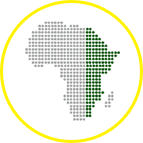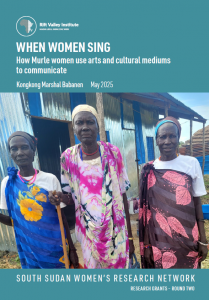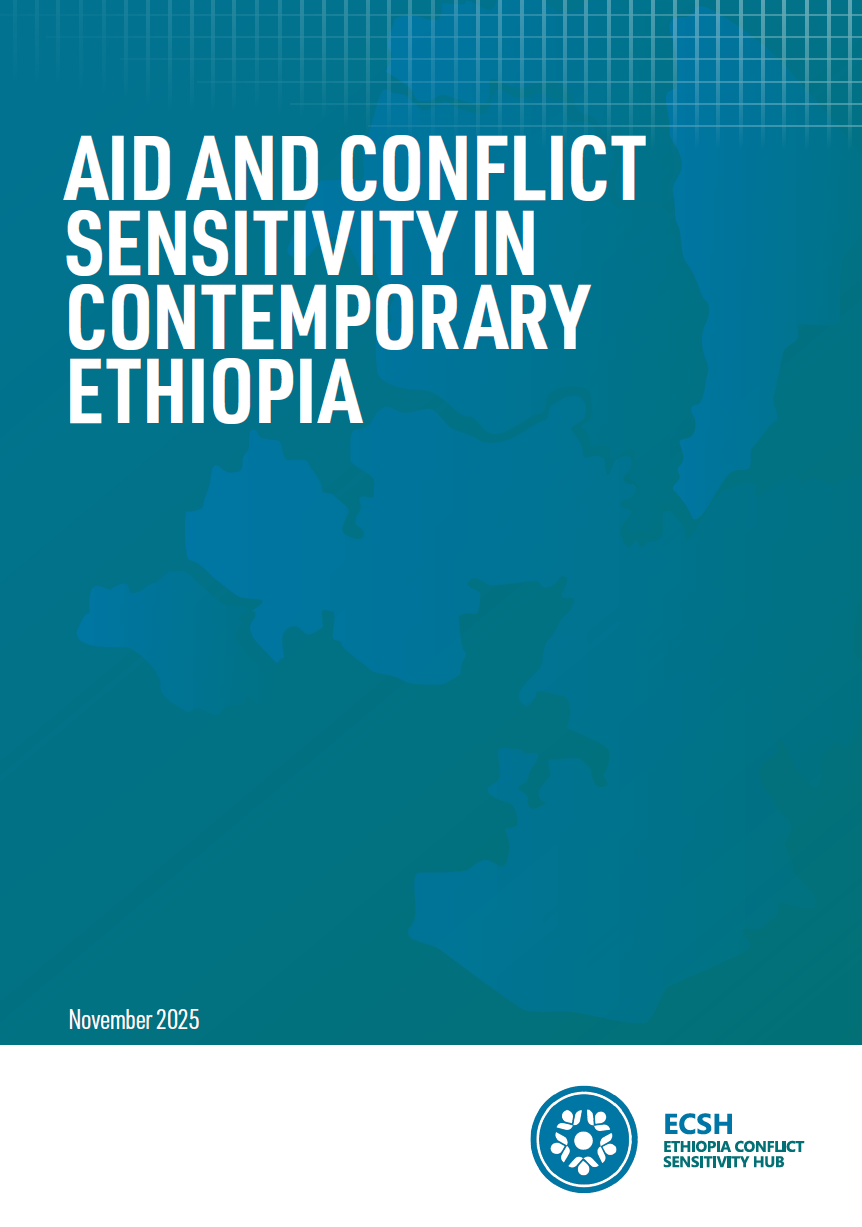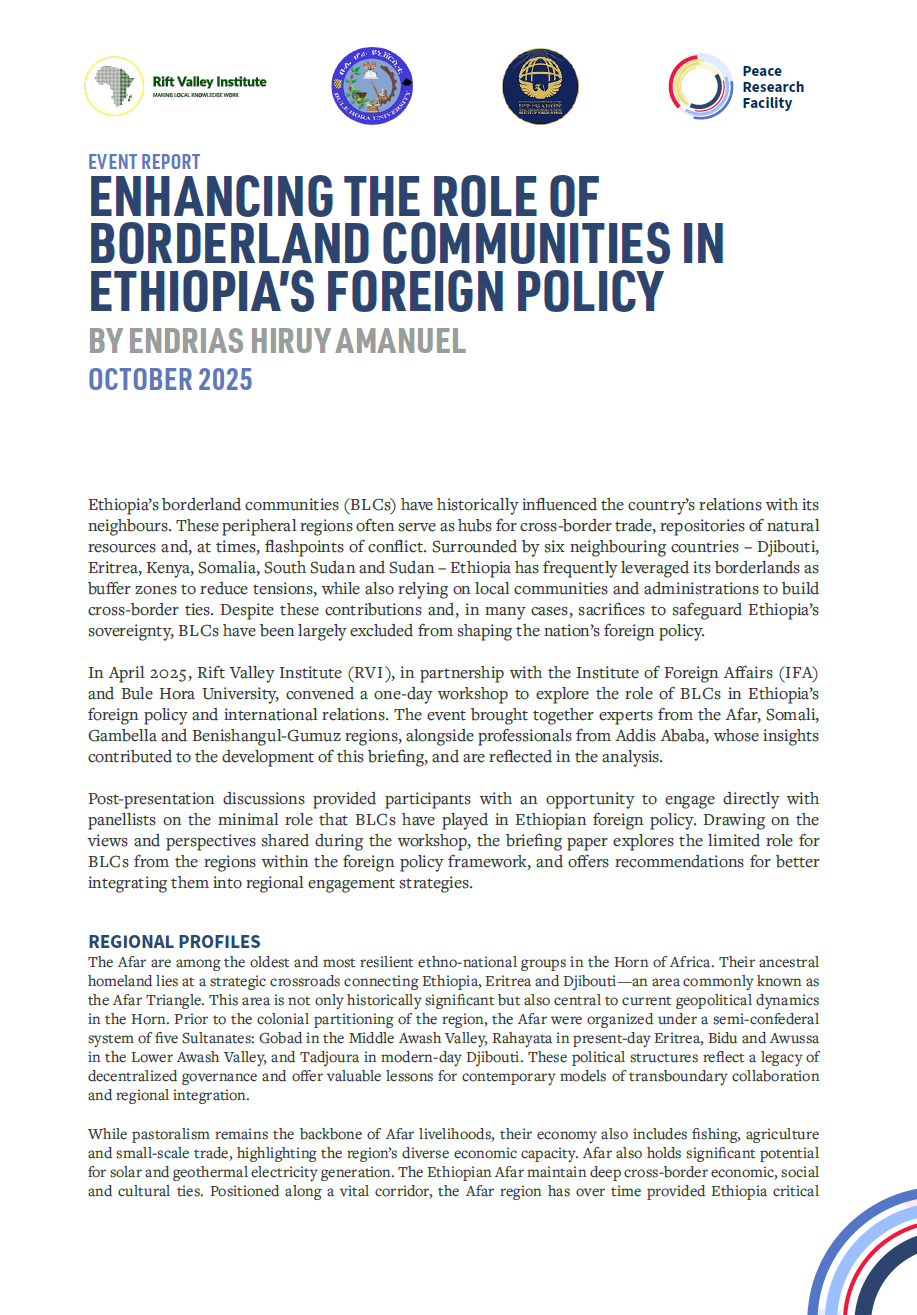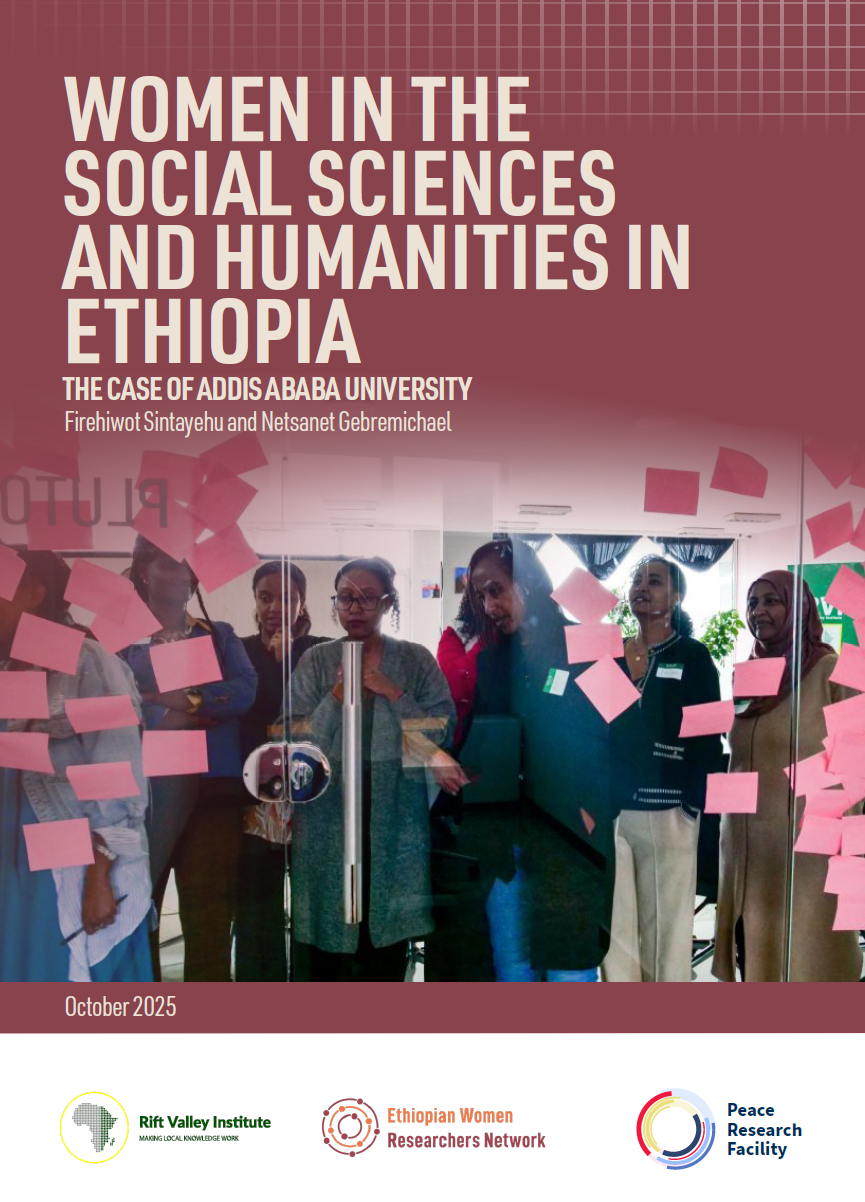This research explores how Murle women in the Greater Pibor area of central eastern South Sudan use not just songs but dance, hairstyles, body marks and beads to express themselves. Its objective is to draw attention to the ways Murle women make their priorities known. These ways are used by Murle women in rural areas as much as in urban areas, so the research engaged women in rural areas of Pibor as well as in Pibor town and Juba, South Sudan’s capital.
Summary
It is my hope that this study can help government and humanitarian agencies see that Murle women often express themselves differently, and that the ways women voice their needs must be understood as knowledge and as valid. This research shows how arts and culture can be used by humanitarian and government agencies as resources in policy and programming. It enables us to learn about the various ways Murle women use creativity for change.
Discussions about gender equality need to account for the ways women are already negotiating their positions in society through a cultural repertoire that is meaningful to them. While I was carrying out interviews in Greater Pibor, women said this project made them feel seen. They felt empowered, as it focused specifically on women and on what—and how—they want to communicate. They were free to speak their minds, using words that deciphered their cultural practices.
The report offers a brief overview of the Murle community. It then moves into key findings of the research, looking at song, dance, body marks and hairstyles, and their meanings for them, in their own words. We find out through interviews why women choose body scarification to communicate, and provide some images and descriptions of it. Women offer information on how body scarification has changed over time and whether this has affected the way it is used for communication. Lastly, we look at how women use hairstyles to communicate, and how these four cultural mediums—song, dance, body marks and hairstyles—have been used together.
Women employ cultural mediums to communicate different things and while the meaning is well understood by those in the community, others could also use this information to acknowledge the subtle ways in which women articulate their agency.
South Sudan Women’s Research Network
This report is a product of the EU-funded South Sudan Women’s Research Network (SSWRN), which provides research grants, training and mentorship to early career female researchers. The project aims to ensure that women’s perspectives are included in research and decision-making on development issues in South Sudan.
